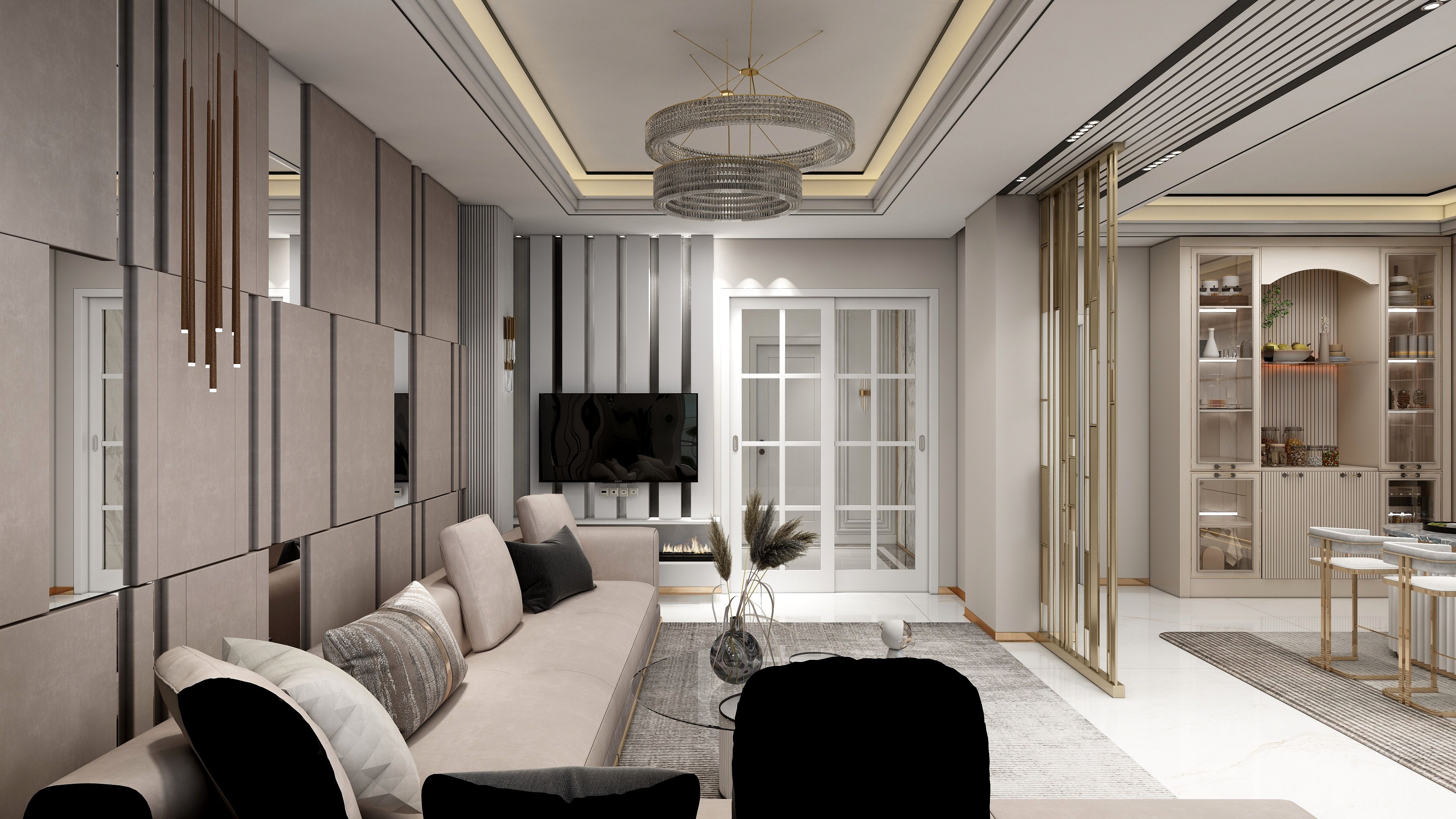Floor plans with hidden rooms: Discover the intrigue of hidden rooms in floor plans

Hidden rooms in floor plans can turn an ordinary home into a fascinating abode filled with mysteries and surprises. Whether you're designing your dream home or merely exploring creative ideas, incorporating hidden rooms can add an element of fun and uniqueness to your space. Imagine having a secret library behind a bookshelf, a concealed office space, or a playroom tucked away from the main living areas. These cleverly designed areas can serve various purposes, offering both privacy and adventure.
The concept of hidden rooms has been around for centuries, often associated with castles or grand estates with secret passageways. Today, however, modern architecture has embraced this trend, making it accessible to homeowners. One of the most popular ways to create hidden rooms is through the use of movable walls, which can be disguised as regular wall panels. When closed, they blend seamlessly with surrounding architecture, making the hidden room almost impossible to detect.
Another approach involves utilizing underutilized spaces, such as attics, basements, or even closets. By cleverly transforming these areas into hidden rooms, you can maximize your home's functionality while keeping a sense of mystery. For instance, an attic can be converted into a cozy reading nook or a basement into an entertainment room, all while remaining concealed from the main living areas.
To inspire your design, consider the following tips for integrating hidden rooms into your floor plans:
1. Assess Your Space:
Before diving into the design process, take a close look at your existing floor plan. Identify areas that could be transformed into hidden rooms, such as unused corners or spaces behind large furniture. Think about how you can create access points that maintain the element of surprise.
2. Choose the Right Access:
How you access your hidden room is crucial. Consider using bookcases, sliding doors, or even trapdoors for a more whimsical touch. Ensure that the access point complements your overall design and is easy to use.
3. Think About Functionality:
Hidden rooms can serve various purposes, so determine what you want to achieve with your secret space. Whether it’s for storage, relaxation, or entertainment, plan the layout and furnishings accordingly to enhance the experience.
4. Get Creative with Design:
Just because a room is hidden doesn’t mean it should be bland. Use creative design elements like unique lighting, colorful decor, or whimsical themes to make your hidden room a delightful surprise for anyone who discovers it.
5. Use Technology:
Incorporate technology like smart home features to enhance your hidden room. Smart lighting that adjusts with your mood or sound systems hidden within the walls can elevate the experience.
With so many possibilities, the allure of hidden rooms in floor plans is undeniable. They provide an opportunity to express your creativity and design a home that reflects your personality. Whether you're a fan of contemporary designs or prefer a more traditional style, hidden rooms can add a layer of excitement and intrigue to any home.
FAQ
1. What are some common uses for hidden rooms?
Hidden rooms can be used for various purposes, including home offices, libraries, playrooms, or even secret lounges. They serve as a great way to create private spaces within your home.
2. How can I ensure my hidden room is functional?
Think about the purpose of the hidden room and design it accordingly. Ensure it has adequate lighting, ventilation, and furnishings that suit its intended use.
3. Are hidden rooms expensive to create?
The cost of creating hidden rooms can vary greatly depending on the design and materials used. However, even simple modifications can yield impressive results without breaking the bank.
4. Can I use hidden rooms in small homes?
Yes! Hidden rooms can be particularly effective in small homes where space optimization is essential. Creative use of existing areas can help you achieve this.
5. How can I get started with designing my hidden room?
Start by brainstorming ideas and sketching your floor plan. Identify potential areas for hidden rooms and consider their purpose and access points.
welcome to Coohom
Please check with customer service before testing new feature.

